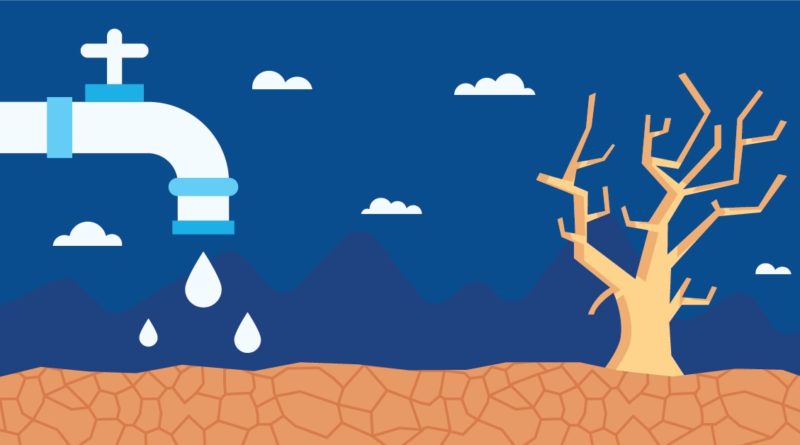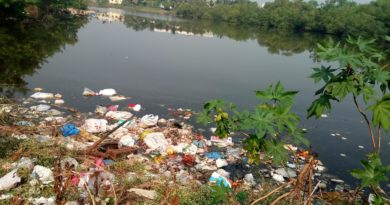Water scarcity is inevitable, up to 270 million people at risk: IPCC report
Even if the world reduces its population to seven billion by 2100, reduces inequalities, carries out effective land-use regulation, limits intensive consumption of resources and adopts environmentally-friendly technologies and lifestyles, the planet will still face water scarcity.
That is the conclusion reached in the final draft of the Intergovernmental Panel on Climate Change (IPCC) Special Report on Climate Change, Desertification, Land Degradation, Sustainable Land Management, Food Security, and Greenhouse gas fluxes in Terrestrial Ecosystems.
The draft will be discussed by the United Nations Framework Convention on Climate Change (UNFCCC) member countries at the meeting of IPCC in Geneva from August 2 to August 6.
All assessed future socio-economic pathways (SSP) result in increases in water demand and water scarcity, says the report.
The IPCC writes its reports based on five standard SSPs. These are projections based on world population, income distribution, resource consumption and land use for the year 2100.
For instance, SSP1 includes a peak and decline in population (~7 billion in 2100), high income and reduced inequalities, effective land-use regulation, less resource intensive consumption, including food produced in low-greenhouse gas emission systems and lower food waste, free trade and environmental-friendly technologies and lifestyles.
The SSP3 includes high population (~13 billion in 2100), low income and continued inequalities, material-intensive consumption, barriers to trade, and slow rates of technological change. SSP3 has high challenges to mitigation and to adaptation.
The report which primarily looks at climate change’s impact on land, says that climate change-driven desertification will expose significant percentages of the population to water scarcity over the coming decades.
“The dryland population vulnerable to water stress, drought intensity and habitat degradation is projected to reach 178 million people by 2050 at 1.5°C warming, increasing to 220 mln people at 2°C warming, and 270 mln people at 3°C warming,” indicates the report.
This would have serious implication for India, as about 228 mln hectares (69 per cent) of India’s total geographical area (about 328 mha) is under drylands.
Source: downtoearth.org.in




